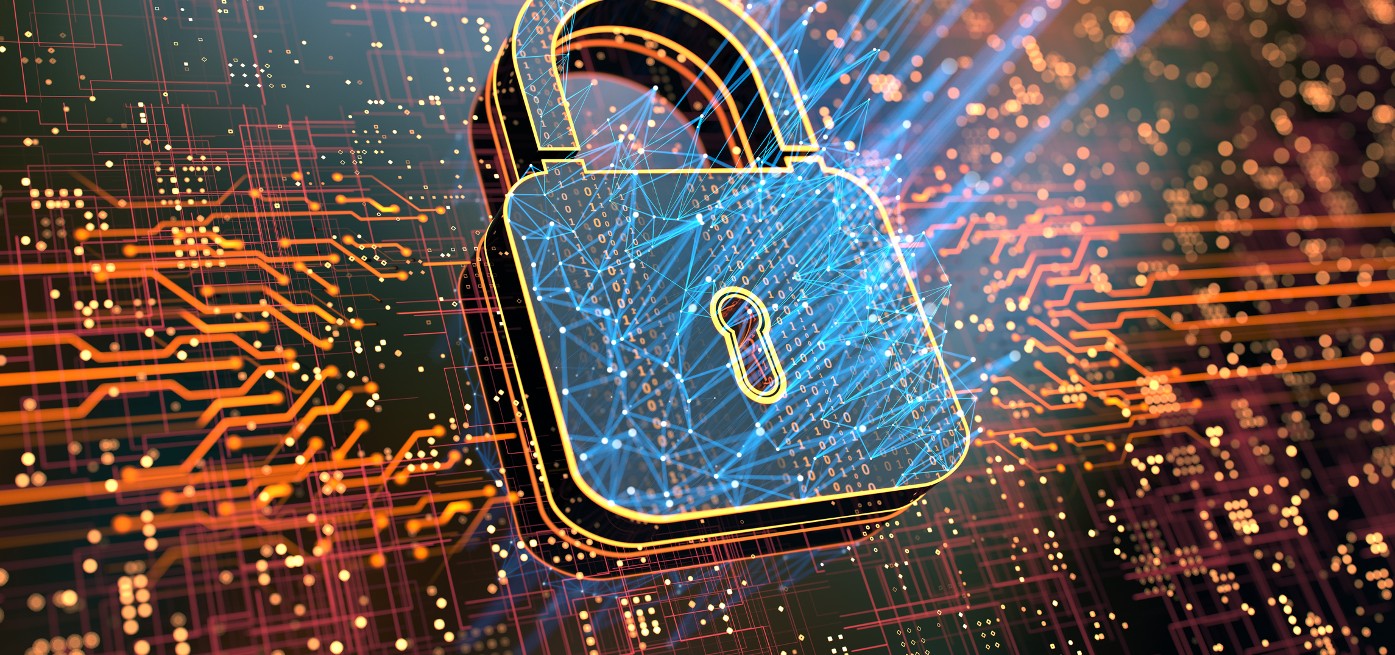
Buying Guide for Portable Signal Jammers
Key Takeaways Consideration Detail Product Weight Jammer Master’s portable jammers average 1.5Kg, significantly lighter than desktop models. Frequency Bands Capable of blocking multiple bands with
Free Worldwide Shipping & 1-Year Warranty!

In today’s technologically advanced world, signal jammers have become increasingly prevalent, particularly in examination halls. These devices are designed to block signals and prevent cheating during exams. However, it is crucial to understand the proper usage of signal jammers to ensure their effectiveness and avoid any potential incidents.
Most examination hall signal jammers adopt a segmented signal blocking approach, where signals are intermittently disrupted. This method allows the device to emit multiple segments of signals simultaneously, ensuring stable and effective signal blocking over long distances. It is important not to rely on luck when it comes to signal jamming, as the consequences of inadequate blocking can be severe.
With the rapid advancement of technology, companies are continuously producing more advanced signal jamming devices. As a result, future equipment in this field is expected to become even more precise and efficient. However, it is essential to note that the effectiveness of these devices relies heavily on their correct usage.
Failure to use signal jammers correctly can lead to subpar signal blocking, potentially resulting in examination incidents. These incidents may include cheating, unauthorized communication, or the use of electronic devices during exams. To prevent such occurrences, it is crucial to understand the proper procedures for using signal jammers in examination halls.
To maximize the effectiveness of signal jammers, several key considerations should be taken into account:
Signal jammers play a vital role in maintaining the integrity of examinations by preventing cheating and unauthorized communication. However, their effectiveness relies on proper usage and adherence to regulations. As technology continues to advance, it is crucial to stay updated on the latest developments in signal jamming devices and ensure their correct implementation in examination halls. By doing so, educational institutions can create a fair and secure environment for students to demonstrate their knowledge and abilities.
Our frequency checker tool will help you check all frequency bands used in all country.

Key Takeaways Consideration Detail Product Weight Jammer Master’s portable jammers average 1.5Kg, significantly lighter than desktop models. Frequency Bands Capable of blocking multiple bands with

In an age where the sky is dotted with drones, the importance of drone jammers has never been more significant. From commercial deliveries to personal

Protect your vehicle’s location privacy with a professional guide on GPS jammers. From selection to legal considerations and installation tips, we’ve got you covered. Key

Understanding Signal Blocker: How It Works and Its Applications Signal Blockers are devices that can disrupt mobile phone signals, preventing them from connecting to base

The Application and Benefits of High-Power Signal Jammers Enhancing Signal Blocking Efficiency in Various Environments In today’s technologically advanced world, the need for effective signal

Considerations for Purchasing Exam Room Signal Jammers Ensuring Effective Signal Jamming for Exam Integrity As the year approaches its end, many schools are preparing for

The Importance of Monitoring and Signal Interference Measures During Examinations During examination periods, it is crucial to closely monitor the examination venues and their surrounding

Selecting the Appropriate Cell Phone Jammer for Theaters and Auditoriums Overcoming Challenges in Installation and Maximizing Signal Disruption The Importance of Cell Phone Jamming in

Remote Control of Cell Phone Jammers via Smartphone: A Possibility? With the rapid development of the Internet of Things (IoT), numerous smart home devices have